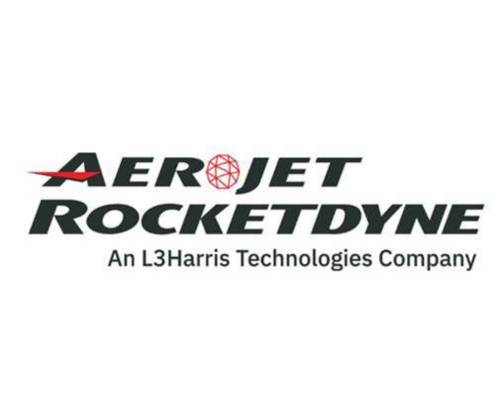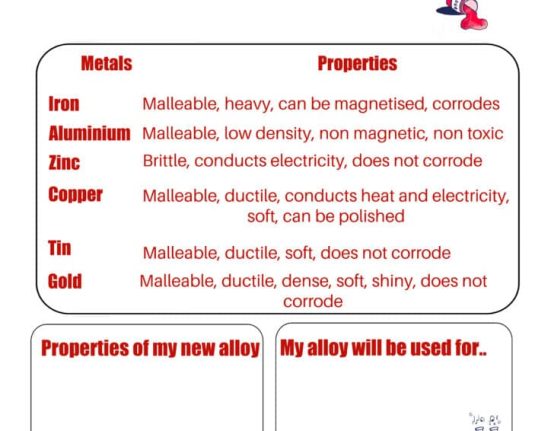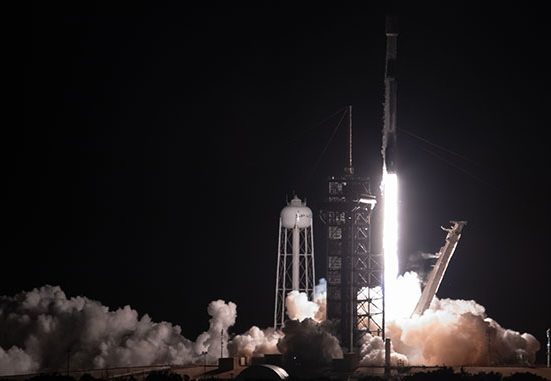Written by: Space Foundation Editorial Team

On April 9, 2024 at 12:53 pm EDT, United Launch Alliance's (ULA) latest Delta IV Heavy rocket launched a classified payload for the National Reconnaissance Office, NROL-70, marking the end of a It was for this remarkable rocket. As one of the most powerful launch vehicles ever built, its L3Harris-built propulsion and avionics systems have played a critical role in the success of the Delta IV program.
The retirement of the Delta IV Heavy marks a transition to ULA's new Vulcan rocket, which successfully completed its maiden mission earlier this year, signaling the continued evolution of space exploration technology.
“Delta IV has been reliably delivering our nation's most important payloads to the most challenging orbits for more than two decades,” said Kristin Houston, president of space propulsion and energy systems at Aerojet Rocketdyne. “As we say goodbye to this impressive launch vehicle that has made such significant contributions to America's scientific and national security objectives, L3Harris looks forward to providing propulsion systems and avionics to support ULA's Vulcan rocket for many years to come.”
At the heart of the Delta IV Heavy are its three common booster cores, each powered by an Aerojet Rocketdyne and company L3Harris Technologies. RS-68A engine, the most powerful hydrogen-powered rocket engine ever created. Known for its reliability and efficiency, the RS-68A has been a workhorse for Delta IV Heavy, contributing to its success in delivering payloads to a variety of orbits. Together, these three boosters generate more than two million pounds of thrust, propelling the rocket through Earth's atmosphere and into space. The original variant of the engine, the RS-68, was developed commercially with funds from private companies.
Each Common Booster Core is also equipped with a L3Harris full avionics set that support communications, range security, navigation and data acquisition systems.
Delta IV Heavy second stage employs single Aerojet Rocketdyne RL10 engine; a cryogenic rocket engine also powered by liquid hydrogen and liquid oxygen propellants. This stage, which also includes the Aerojet Rocketdyne reaction control system thrusters and pressure tanks, is responsible for adjusting the trajectory and placing the payload into its precise orbit. The RL10 engine is known for its precision and versatility, making it a crucial component in achieving the high-energy orbital requirements of the National Security Space Launch (NSSL) missions.
“For nearly 20 years, our reliable propulsion systems have helped the Delta IV rocket achieve an outstanding record of 100% mission success,” said Jim Maus, general manager, Commercial and Defense Space Launch Systems, Aerojet Rocketdyne. . “The Delta IV Heavy has launched a variety of payloads, from classified military satellites to spacecraft exploring the mysteries of our solar system.”
After launching 45 Delta IV missions, 16 of those Delta IV Heavy missions, Delta IV leaves behind a legacy of enabling innovative scientific endeavors and critical national security missions while making way for the next generation of launch vehicles.












Leave feedback about this